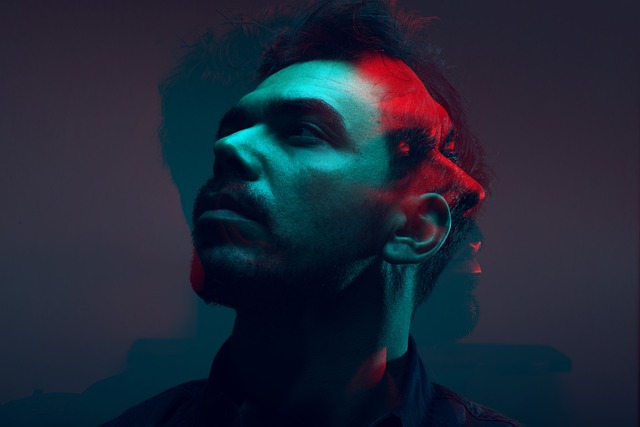Capturing the Soul: Mastering Portrait Photography Exposure
Photography is not just about clicking the shutter; it’s about freezing a moment in time, capturing the essence of a person, their emotions, and their stories. Portrait photography, in particular, is a profound art form that allows us to delve deep into the soul of our subjects. However, one of the most critical factors in creating a stunning portrait is mastering exposure. It sets the stage for not just clarity and detail, but for the emotional resonance that a great portrait should embody.
The Importance of Exposure in Portrait Photography
Exposure essentially determines how light or dark your photograph will be, affecting both the mood and the details within your image. In portrait photography, getting exposure right is vital. Too bright, and you risk losing vital details in the highlights; too dark, and you may obscure the very emotions and expressions you wish to capture. Understanding how to balance ISO, shutter speed, and aperture will lead you to portraits that not only look good but also tell a story.
Understanding the Exposure Triangle
The cornerstone of mastering exposure lies in understanding the exposure triangle: ISO, shutter speed, and aperture. Each of these elements plays a crucial role in your portrait photography:
- ISO: This determines your camera’s sensitivity to light. In bright daylight, a lower ISO, like 100 or 200, is ideal. However, as the light fades, don’t hesitate to increase your ISO to avoid blurry images. Just remember, higher ISOs can introduce noise, which might detract from the emotional impact of your portrait.
- Shutter Speed: This controls how long the camera’s sensor is exposed to light. In portrait photography, a faster shutter speed is often necessary to freeze motion—especially if your subject is moving or if you are capturing the fleeting expressions of emotion.
- Aperture: The aperture affects the depth of field and the amount of light that enters through the lens. A wide aperture (a lower f-stop number) allows more light and creates a beautiful bokeh effect, effectively isolating your subject from the background and highlighting their soul in a sea of softness.
Natural Light vs. Artificial Light
When it comes to portrait photography, the choice between natural light and artificial light can greatly impact exposure. Natural light, particularly during the golden hour—shortly after sunrise or before sunset—can provide a soft, warm glow that complements skin tones beautifully. On the other hand, artificial light from strobes or continuous lighting can allow you to control the scene more precisely, helping you master your exposure settings even in the most challenging conditions.
Experimenting with Exposure
Practice makes perfect. Experimenting with exposure settings in different lighting conditions allows you to understand their impact on the final image. Don’t hesitate to try different combinations of ISO, shutter speed, and aperture. Capture your subject in various environments—indoors, outdoors, in direct sunlight, and in shadow—and notice how it affects their portrayal. Engage with your subject, communicate, and capture genuine moments. You might find that a slightly overexposed or underexposed shot can evoke powerful emotions or convey a specific narrative.
Post-Processing and Exposure
Finally, while getting your exposure right in-camera is crucial, remember that post-processing can also help refine the final outcome of your portraits. Using editing software to adjust exposure levels subtly can enhance the emotional depth and overall aesthetic of your images. Aim to preserve the integrity of your subject, ensuring that the final edits enhance rather than over-process the beauty you’ve already captured.
Mastering exposure in portrait photography takes time and patience, but the reward is the ability to capture the essence of a person in a single frame. Embrace the process, learn from every shot, and put your heart into each click of the shutter. The soul of your portrait awaits!



